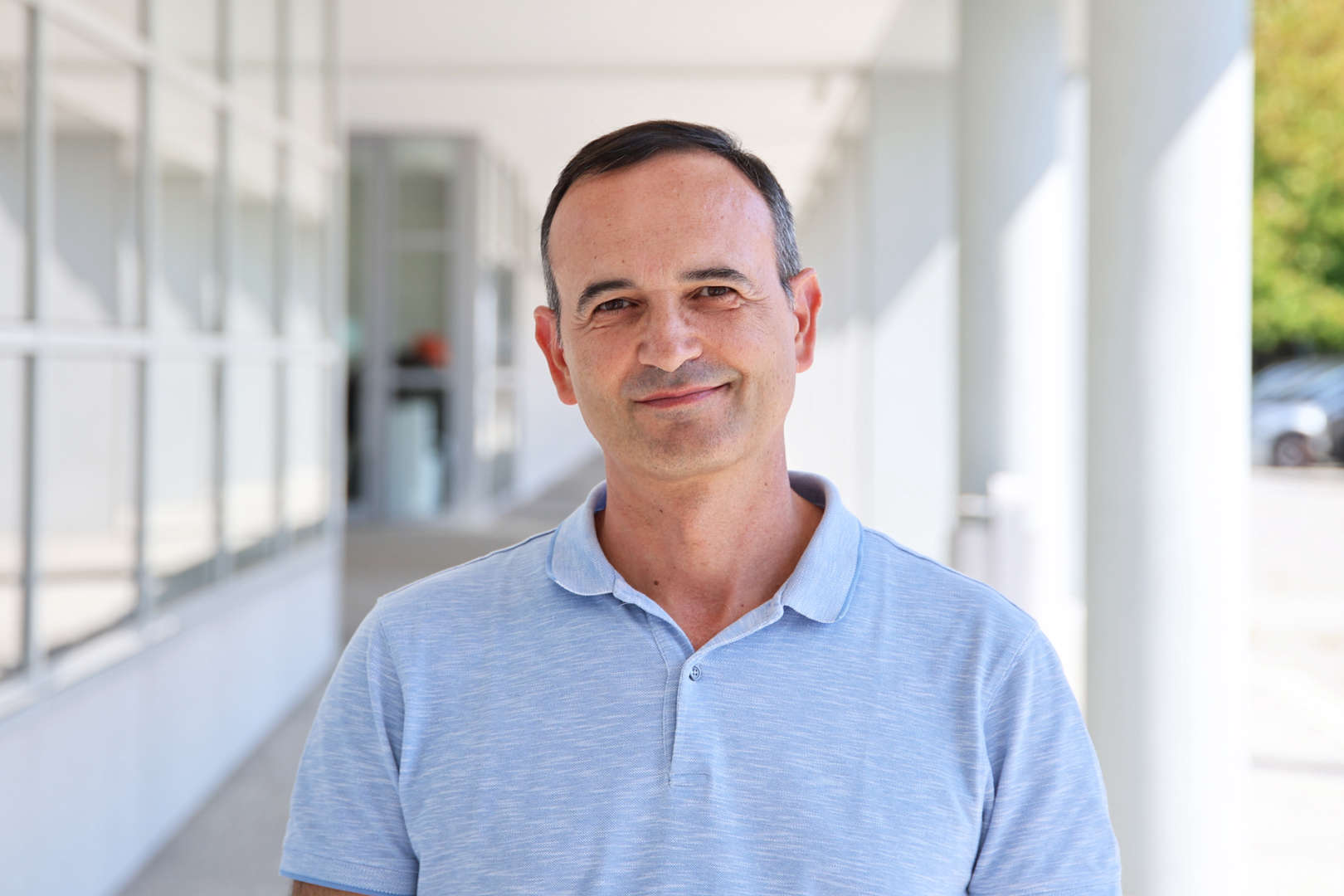About
António Coelho is a senior researcher at INESC TEC and coordinates the Computer Graphics and Virtual environments area of the HUMANISE.
He is actively involved in several research projects (from H2020 European projects to I&DT projects with the industry) and PhD supervisions, focused in the areas of Computer Graphics (Virtual Reality and Procedural Modeling), Serious Games (Procedural Content Generation, Mobile Gaming and Games-based Learning) and Geospatial Systems (Location-based Systems and Spatial Databases).
He is also Associate Professor with Habilitation at the Department of Informatics Engineering of the Faculty of Engineering of the University of Porto where he teaches in the areas of Computer Graphics, Programming and Digital Games. He is the director of the Doctoral Program in Digital Media at the University of Porto and academic leader of the European University Alliance for Global Health (EUGLOH).


